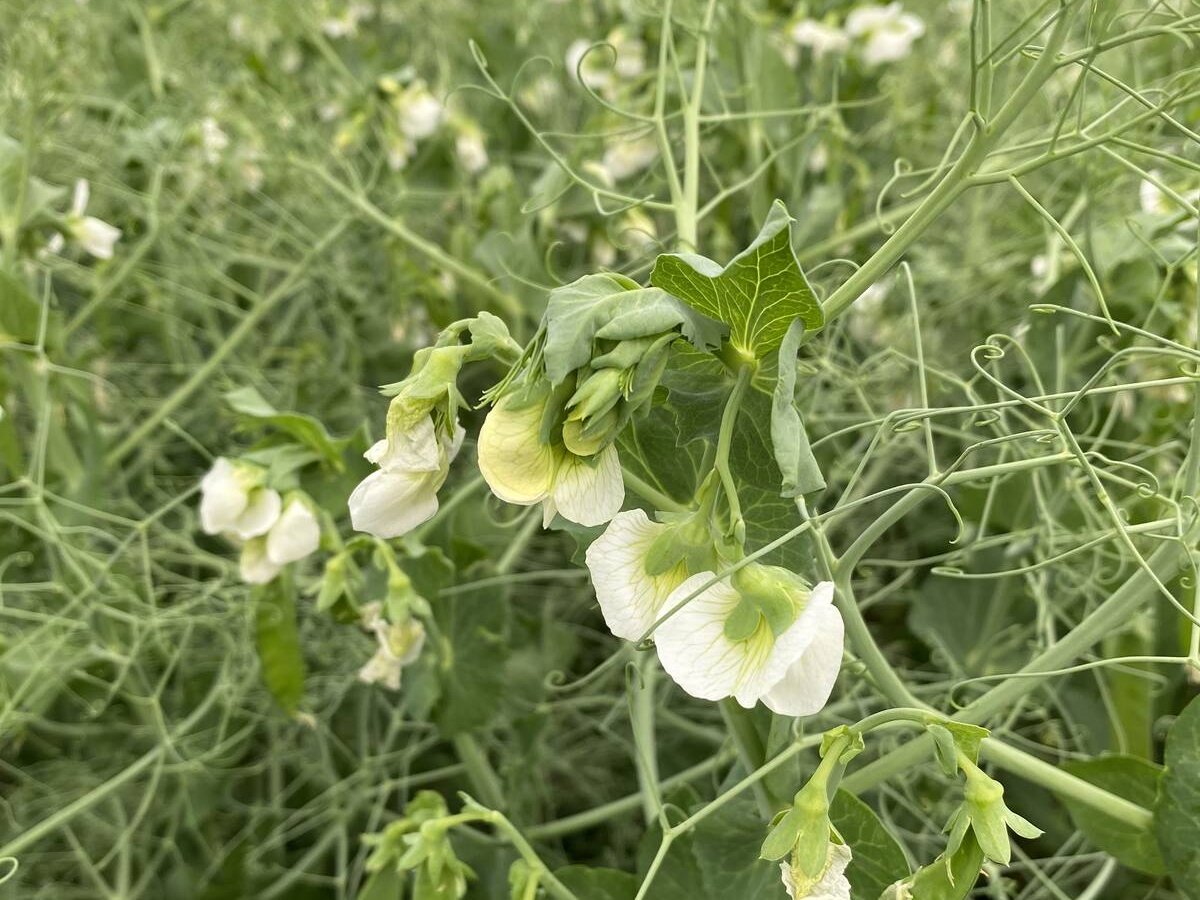Miles Vass is torn about a proposed oil well clean-up program in Saskatchewan.
On one hand, the president of the Southeast Surface Rights Association at Carnduff wants wells sites to be properly cleaned up.
On the other, he thinks the oil companies should be responsible, not taxpayers.
Last week premier Brad Wall proposed Ottawa spend $156 million to employ out-of-work oilfield workers in an accelerated well clean-up program.
He said the program would speed the decommissioning and reclamation of 1,000 non-producing wells over two years and generate and estimated 1,200 direct and indirect jobs.
Read Also

India slaps 30 per cent import duty on yellow peas
India has imposed a 30 per cent duty on yellow pea imports with a bill of lading date on or after Nov. 1, 2025.
Dan Cugnet, chair of Valleyview Petroleums in Weyburn, said the program would create needed job growth in the sector.
But it’s unclear what exactly they mean by non-producing wells.
There are about 20,500 suspended wells in Saskatchewan, some of which need decommissioning and reclamation, but they are owned by oil companies and don’t necessarily need to be cleaned up.
Orphan wells are different. They don’t have owners usually because the company went out of business.
Under provincial legislation, companies that deliberately shut down wells must follow reclamation guidelines under the Oil and Gas Conservation Act, said David Mitchell, an adviser to the west-central region of the surface rights association.
“An active oil company is already in charge of that well,” he said. “The farmer is still paid for the surface rights.”
In the case of orphan wells, companies pay an annual levy into a fund that is to pay for properly decommissioning the wells.
In 2012, the provincial auditor suggested there could be 700 orphan wells and that cleanup was happening too slowly.
According to the Saskatchewan Oil and Gas Orphan Fund annual report for the year ending March 31, 2015, the industry had orphaned 233 sites, and 132 sites had been properly abandoned since the program began paying in 2010.
The fund takes in about $2 million per year in levies, but the annual report also noted the forecasted total cost to the fund is $32 million.
“The major risk the ministry faces in cleaning up orphan wells and sites is ensuring the ability to respond in a timely manner when they occur,” the report said. “Often as sites become orphaned they may have fallen into a state of disrepair and there may be environmental impacts.”
Vass said landowners don’t receive no compensation in this situation, yet they have to live with the problems.
In the case of suspended wells, he said companies pay the surface lease to the landowner but it seems they can be left indefinitely.
“They continue to pay the annual rent on the surface but they never clean it up,” he said. “There’s wells around here that are likely bordering on 30 years that have never produced a drop of oil that they’ve paid a surface lease on.”
He believes the province should make sure oil companies do the right thing. He and other associations met with the province and believed changes to surface rights legislation were coming last fall but the government then backed away.
While he wants the wells cleaned up, he said the taxpayers shouldn’t be on the hook for it.
“That federal money coming in could be used for many other infrastructures that need fixing in this province let alone repairing what an industry has been allowed to come in and do,” he said.
The NDP opposition also said federal money could be better used for other much-needed projects.
“There are major infrastructure needs, from the bridge and hospital in Prince Albert, to Royal University Hospital which is wrapped in nets to keep it from crumbling, to a backlog of municipal projects…,” said deputy leader Trent Wotherspoon.
karen.briere@producer.com















